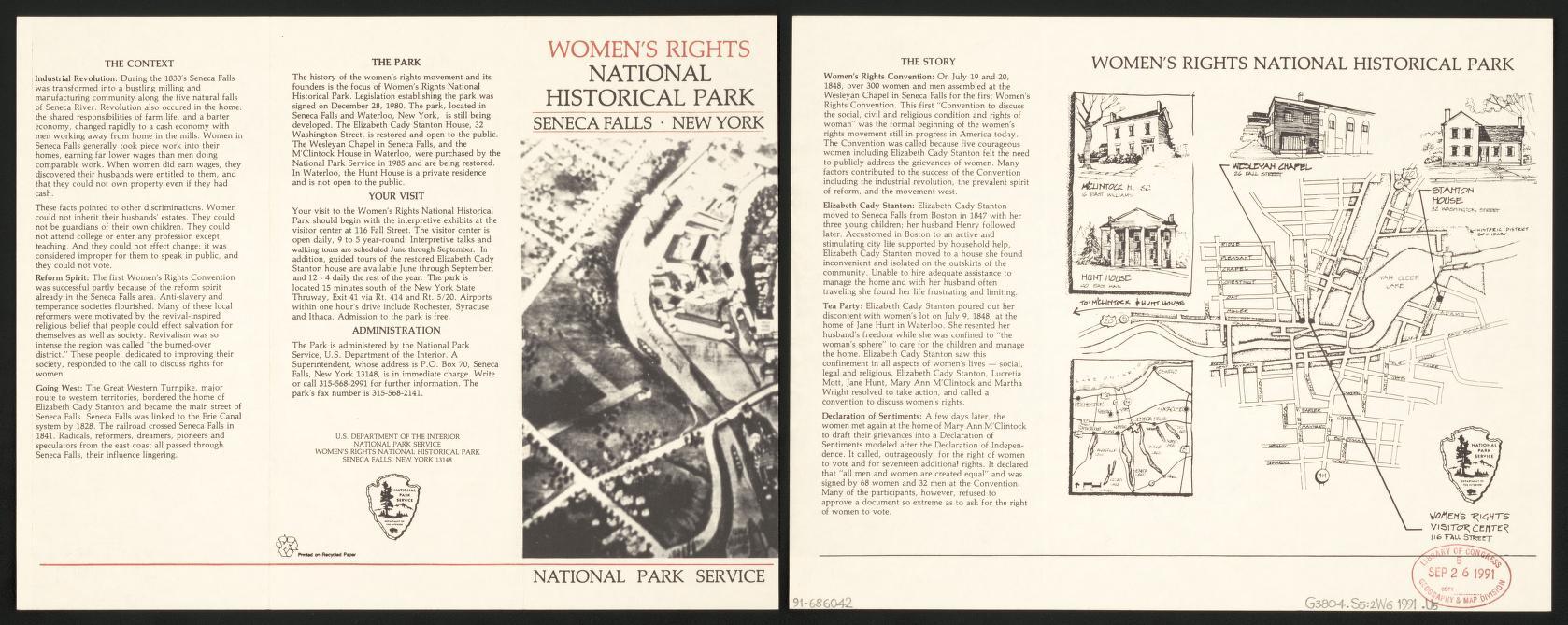First-Wave Feminism
The feminist movement began with the Seneca Falls Convention of 1848, where the Declaration of Sentiments demanded equal rights for women and ended with the ratification of the 19th Amendment in 1920, which granted women the right to vote in the United States. This movement was driven by leaders such as Elizabeth Cady Stanton, Susan B. Anthony, Sojourner Truth, Lucretia Coffin Mott, Mary Wollstonecraft Godwin, and Lucy Stone and was the foundation for modern day feminism. This movement was primarily focused on getting legal rights for women, particularly the right to vote. However, this movement also illustrated the complexities of the time as issues of race intertwined with the feminist movement. Our exhibit explores the history of this movement, highlighting the voices, struggles, and triumphs of women who challenged societal norms.
Map of Events and Organizations
Larger View: First Wave Feminism Map
The website is a project done by a student at the Univeristy of Washington and contains an interactive map that shows the history of woman suffrage in the United States, specifically when and where women gained voting rights across the states. It has detailed timelines and contextual information, making it a valuable resource for understanding the geographic and historical progression of the suffrage movement.
Women's Rights National Historical Park, Seneca Falls, New York
This blog from the Library of Congress contains historical maps that document the suffragist movement, showing how geography influenced and reflected the fight for women's voting rights. The Women's Rights National Historical Park, Seneca Falls, New York map came from this blog which has many others maps worth looking at.
